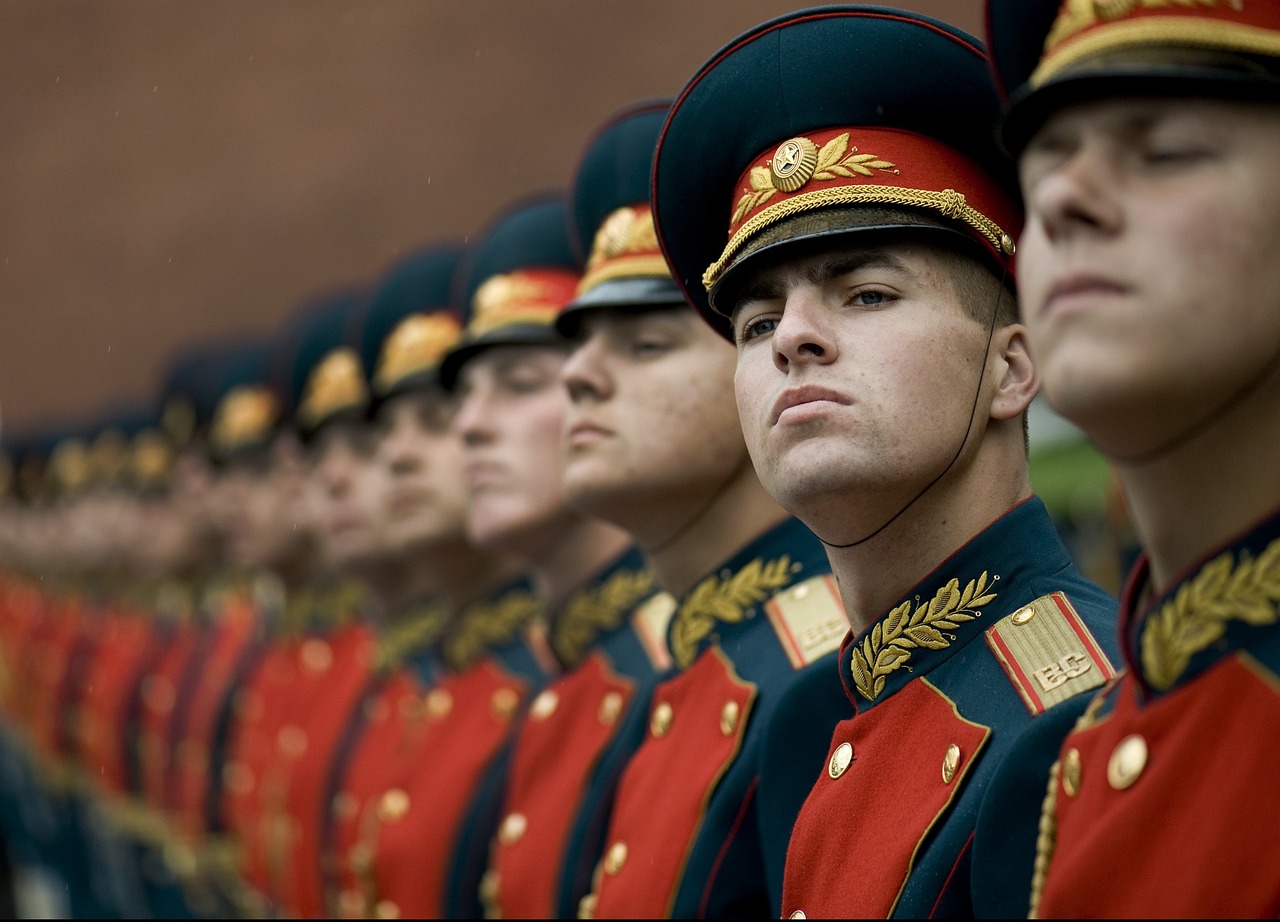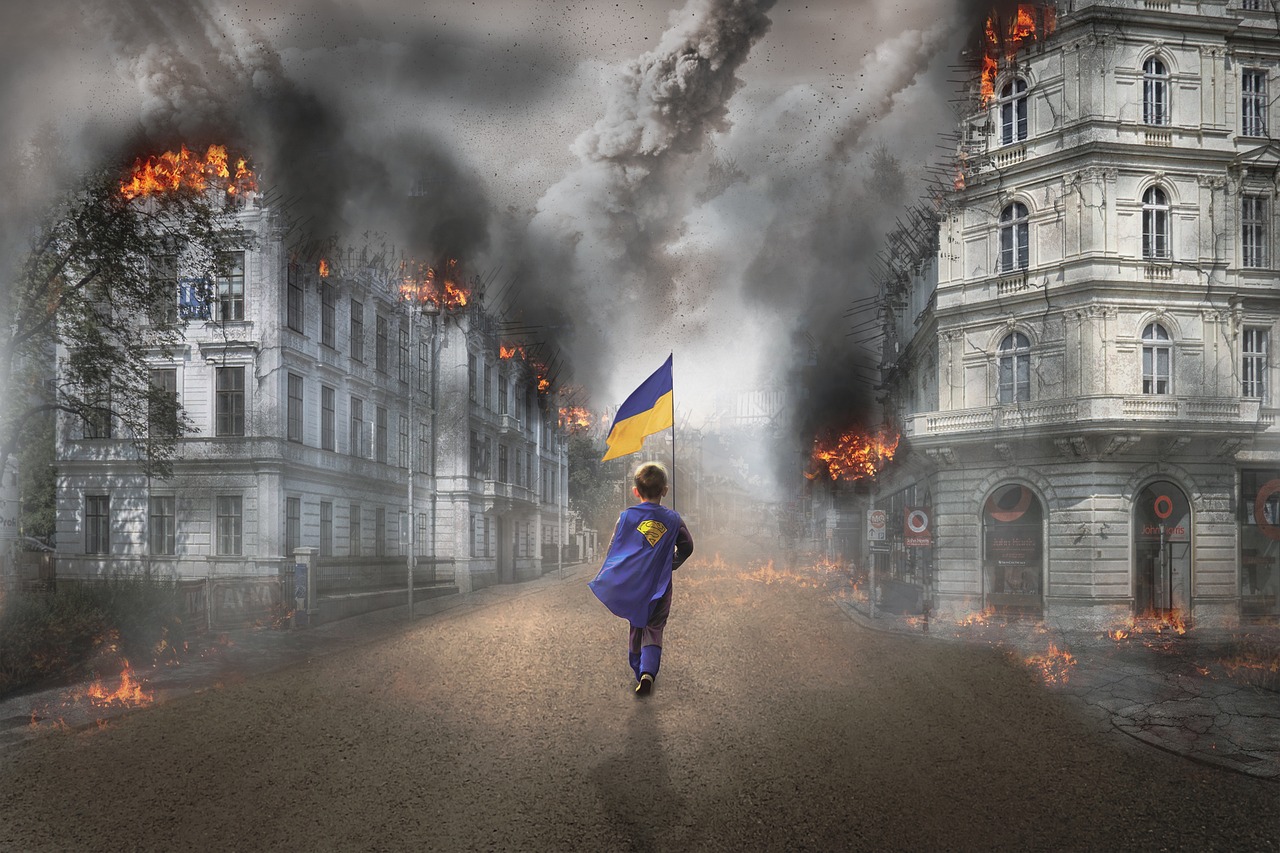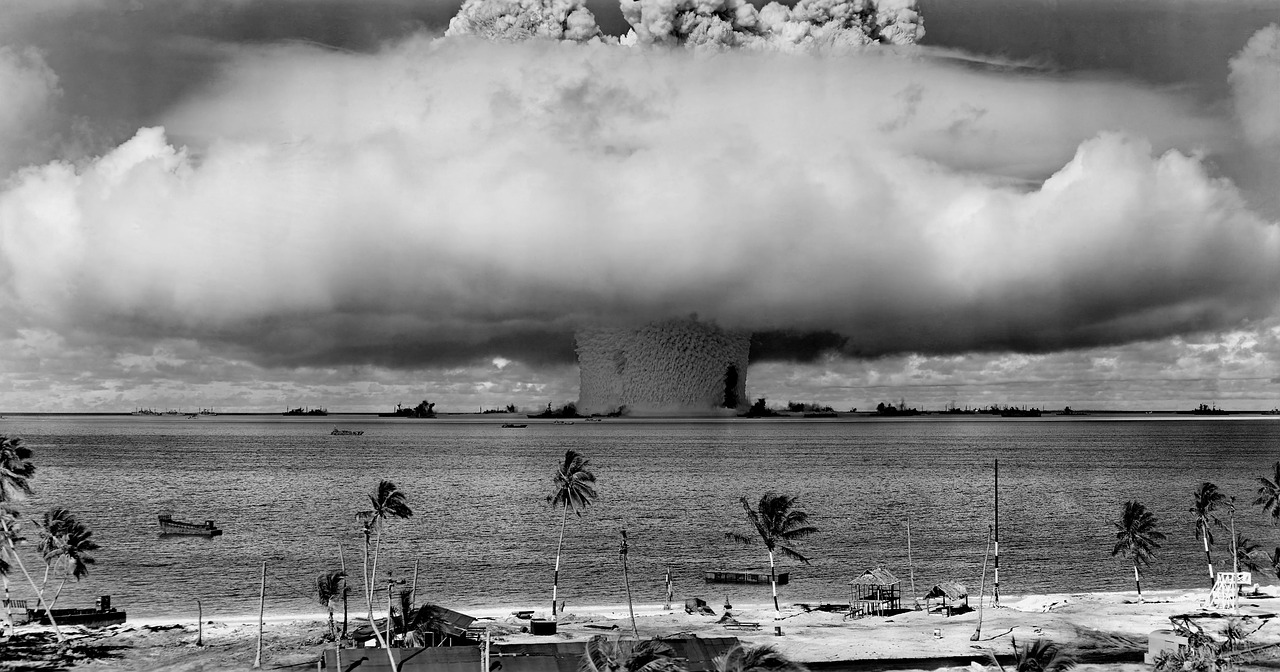
Ukraine-Russia Conflict Hits New Heights as Tensions Surge
Escalation in the Ukraine-Russia Conflict: A Look Ahead As the Ukraine-Russia war surpasses its 1000th day, tensions have reached unprecedented levels.

As the Ukraine-Russia war surpasses its 1000th day, the confrontation enters a critical phase marked by intensified military actions and heightened threats. In recent developments, Western nations have significantly increased their support for Ukraine’s military capabilities while Russia has issued its most alarming nuclear warnings to date.
Late Sunday, reports revealed that outgoing U.S. President Joe Biden authorized Ukraine to deploy longer-range ATACMS missiles against targets within Russia. This decision represents a significant shift in U.S. policy, as Washington had previously resisted such requests from Kyiv.
The decision triggered immediate action, with Ukrainian forces firing missiles into Russia’s Bryansk region. While the Kremlin reported that six missiles were launched with five intercepted, U.S. officials estimated eight were fired with two successfully intercepted. This marked a historic moment as American-made missiles struck Russian territory for the first time during the conflict.
In addition, Ukraine utilized UK-supplied Storm Shadow missiles against targets in Russia’s Kursk region, where it has gained control of approximately 600 square kilometers (about 232 square miles) of land. Further bolstering Ukraine’s defenses, Biden approved the use of anti-personnel landmines, which are deemed essential for stalling Russian advances on the eastern front.
While Western nations ramped up their military support, Moscow responded with equally assertive measures. On the war’s 1000th day, President Vladimir Putin amended Russia’s nuclear doctrine, lowering the thresholds for nuclear weapon use in response to perceived threats from non-nuclear states backed by nuclear powers.
The Kremlin also introduced a new missile system named “Oreshnik,” claiming it could travel at speeds up to ten times that of sound and is impervious to countermeasures. Analysts suggest this announcement serves as a warning that Russia could potentially employ these capabilities to deliver nuclear strikes if it chooses.
Despite this aggressive posturing, many Western leaders seem less alarmed than before by Russia’s nuclear threats; they have grown accustomed to such rhetoric since the war began nearly three years ago.
The backdrop of these developments includes the anticipated inauguration of U.S. President-elect Donald Trump on January 20. Trump’s campaign promises suggested a radical shift in U.S. foreign policy regarding Ukraine, potentially favoring negotiations that might require concessions from Kyiv.
As the geopolitical landscape shifts rapidly, Ukrainian leaders express their intent to seek diplomatic resolutions by 2025. However, concerns linger about how future negotiations might unfold amid escalating tensions and shifting alliances involving other nuclear powers like North Korea.
The upcoming weeks may not only define military strategies but also shape diplomatic efforts aimed at resolving one of the most pressing conflicts in modern history. As both sides prepare for potential negotiations, the stakes continue to rise on all fronts.

Escalation in the Ukraine-Russia Conflict: A Look Ahead As the Ukraine-Russia war surpasses its 1000th day, tensions have reached unprecedented levels.

The Uncertain Path Ahead for Vladimir Putin As global tensions rise, the question on many minds is: What will Vladimir Putin do next?